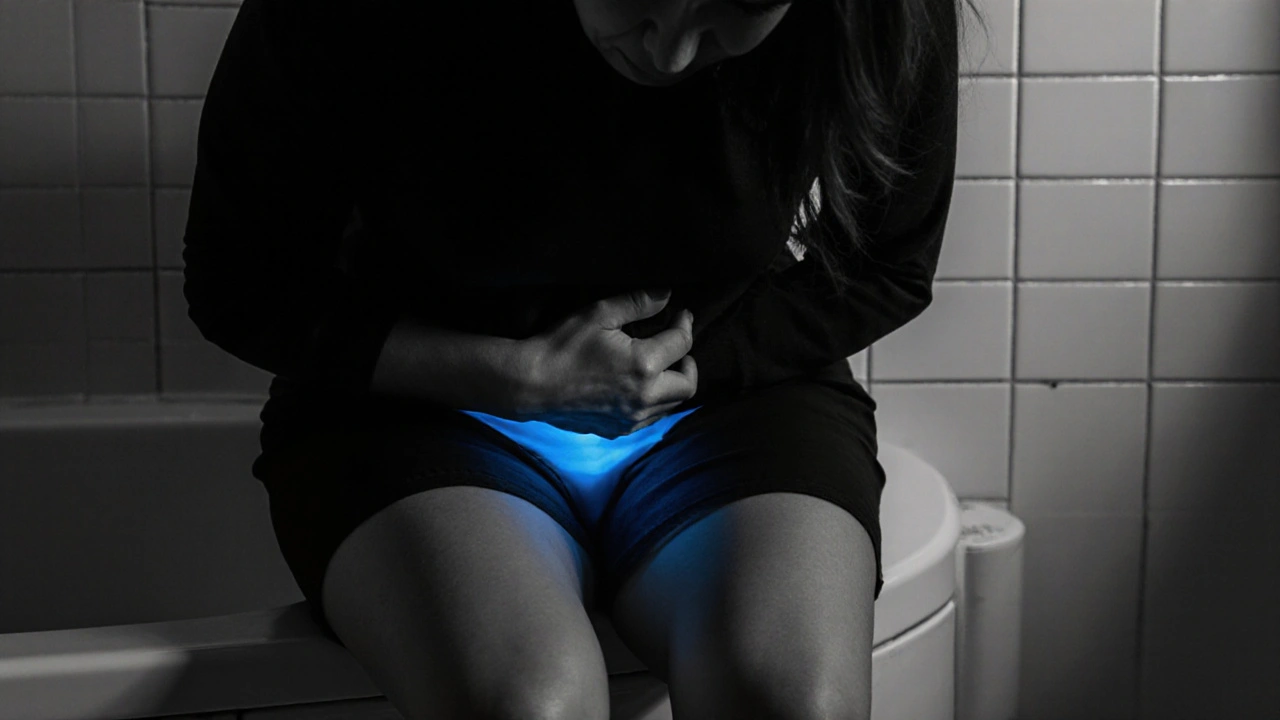Bladder Pain Management
When dealing with bladder pain management, the process of reducing discomfort, urgency, and inflammation in the urinary bladder. Also known as urinary bladder pain control, it often involves a mix of medication, lifestyle tweaks, and physical therapy. It’s a common concern for anyone who’s ever felt that sharp, burning ache during a bathroom break. Bladder pain management isn’t a one‑size‑fits‑all plan; the right approach depends on the root cause, severity, and personal health history.
Understanding the Underlying Conditions
One of the biggest drivers of chronic bladder pain is interstitial cystitis, a long‑lasting inflammation of the bladder wall that triggers frequent urges and pelvic discomfort. Also called painful bladder syndrome, it can flare up without infection and often coexists with overactive bladder symptoms. Recognizing this condition is crucial because it shapes the treatment pathway: if inflammation is the core issue, anti‑inflammatory strategies become a priority. In many cases, doctors pair a diagnosis of interstitial cystitis with a targeted medication regimen, dietary changes, and bladder‑training exercises to break the pain‑urge cycle.
Medication plays a starring role, and two drug families stand out. mirabegron, a β3‑adrenergic agonist that relaxes the bladder’s smooth muscle, reducing urgency and discomfort is often prescribed when anticholinergics aren’t enough or cause bothersome side effects. By boosting bladder capacity, mirabegron helps many patients keep pain at bay during daily activities. At the same time, NSAIDs, non‑steroidal anti‑inflammatory drugs that lower prostaglandin‑driven inflammation can be useful for short‑term flare‑ups, especially when inflammation spikes after a urinary tract infection or intense physical activity. Together, these agents illustrate how bladder pain management often requires both muscle‑relaxing and anti‑inflammatory actions.
When drugs alone don’t fully tame the ache, clinicians turn to non‑pharmacologic tools. pelvic floor therapy, a structured program of muscle training, manual techniques, and biofeedback aimed at strengthening and relaxing pelvic support muscles has shown solid results for many sufferers. A skilled therapist can teach you how to release tension that squeezes the bladder, improve coordination during voiding, and reduce the reflex loops that amplify pain. Alongside therapy, simple lifestyle tweaks—like staying hydrated, avoiding bladder irritants (caffeine, acidic drinks), and practicing timed voiding—help keep the urinary system calm. These steps highlight a key semantic link: effective bladder pain control often requires a blend of medication, physical therapy, and everyday habits.
All of these pieces—diagnosing interstitial cystitis, choosing the right meds such as mirabegron or NSAIDs, and adding pelvic floor therapy—form a toolbox that you can draw from based on your symptoms and goals. Below you’ll find a curated collection of articles that dive deeper into each of these topics, offering step‑by‑step guidance, real‑world tips, and evidence‑based recommendations. Whether you’re looking for medication dosages, therapy exercises, or ways to spot early warning signs, the resources ahead are designed to empower you on the journey to smoother, pain‑free days.
How Abduce Drug Relieves Pain in Interstitial Cystitis Patients
- Laura Ledas
- Sep, 9 2025
Explore how Abduce drug works, its dosage, clinical evidence, side effects, and practical tips for managing interstitial cystitis pain effectively.
Learn More